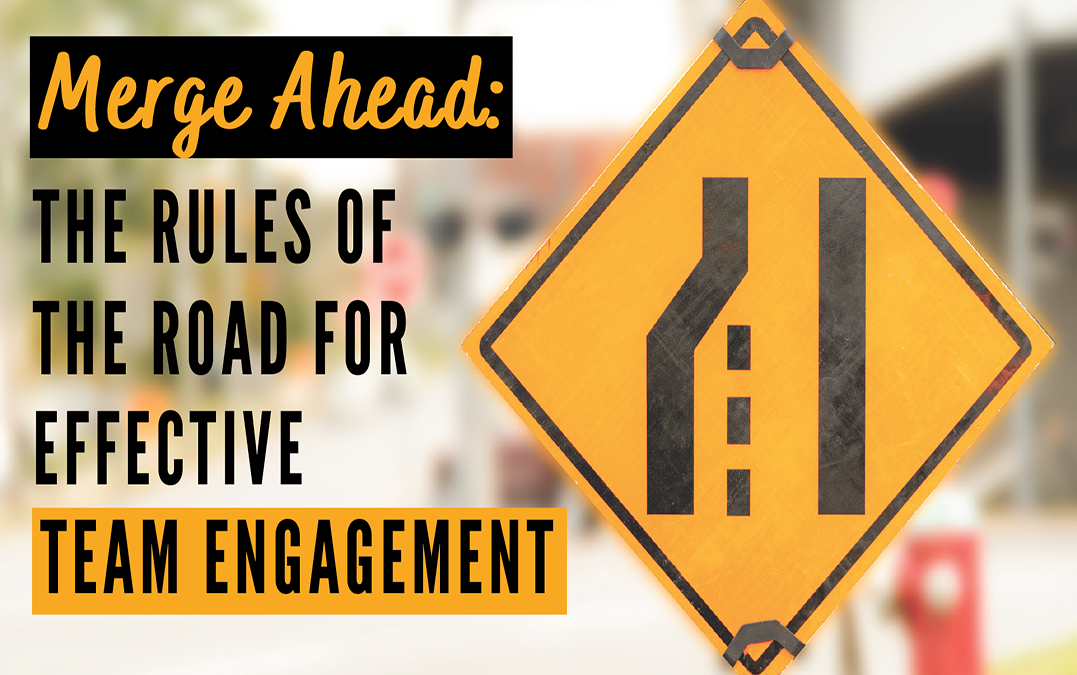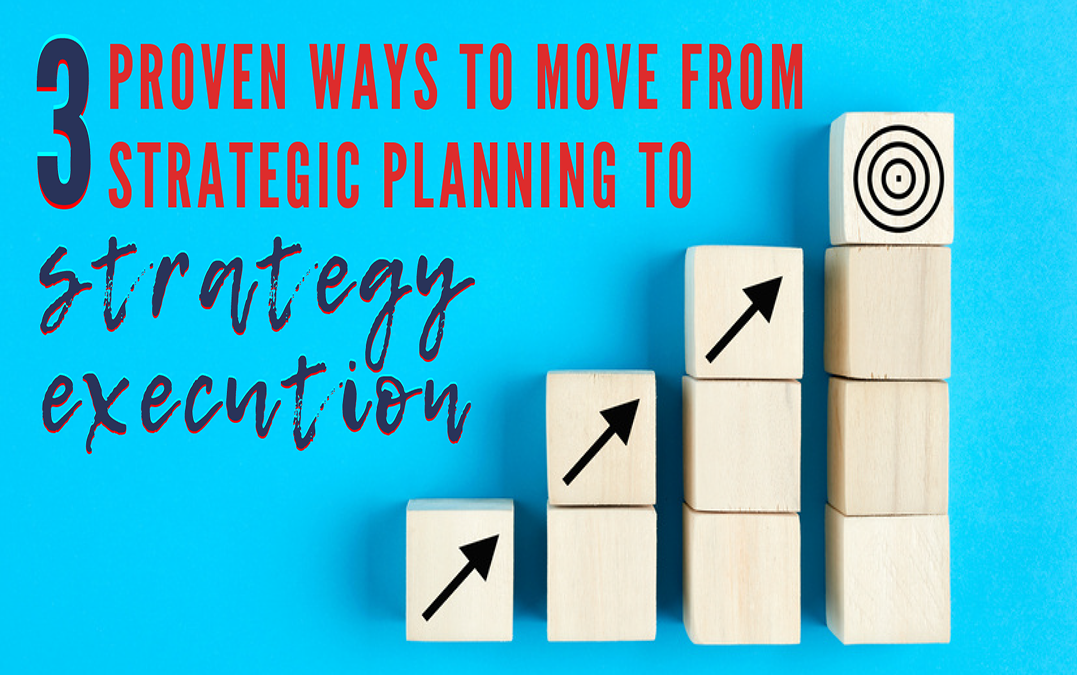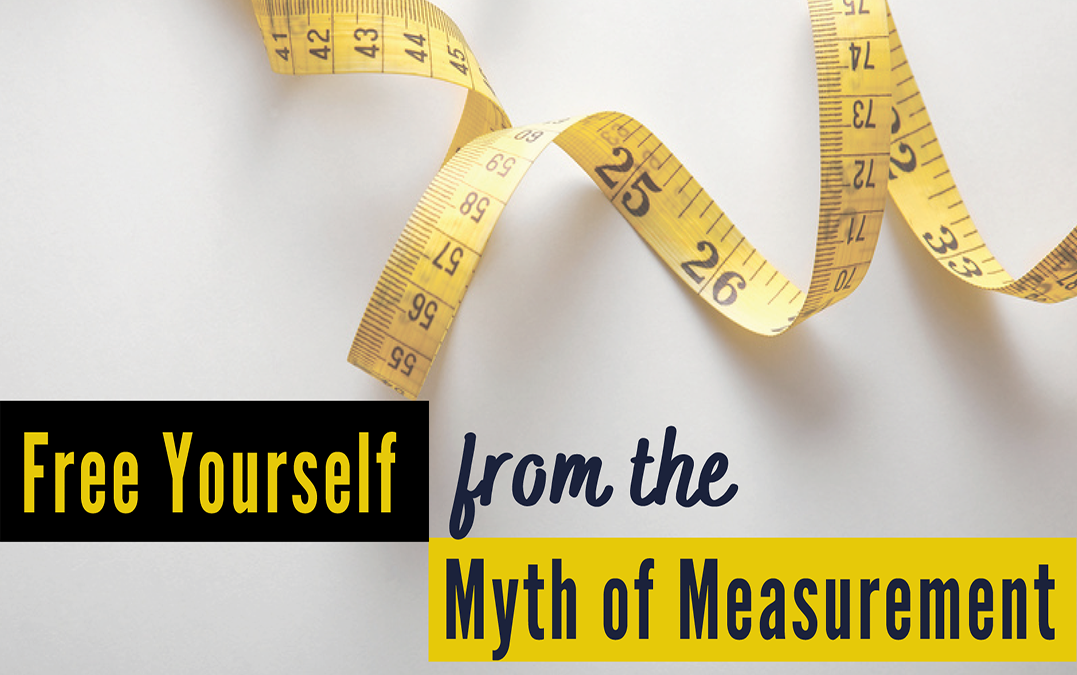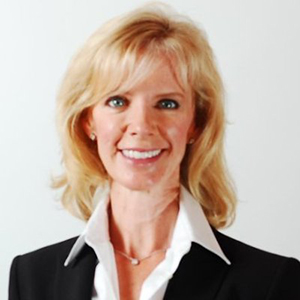
Culture, Employee Engagement
In order to get my driver’s permit as a teenager in Texas, I had to take a series of Saturday morning classes offered by my high school. After completing the classes, I needed at least 12 hours of driving practice accompanied by a licensed adult 21 years or older in the front passenger seat. Much to my mother’s horror, she was my designated adult passenger.
Luckily, Mom and I survived those practice drives, although the row of flowers she’d lovingly planted along our driveway paid the ultimate price. After I was issued a driver’s license by the State of Texas, I quickly learned that the written rules of driving were subject to interpretation. Merging, yielding, passing, and allowing others to pass meant very different things depending on whether I was negotiating rush hour traffic on I-45 or taking a weekend trip along the network of state routes and farm roads that connected small towns across the state.
When it comes to interacting with a group of people, it helps to establish a common set of guidelines for everyone’s safety. For teams, guidelines lay out how you are going to connect with one another, how you can create a space for everyone to contribute comfortably, and how to be individually vulnerable to make the collective outcome stronger. Here are some “I will…” recommendations for teams that want to create the rules of the road to improve engagement.
1. I will respect confidentiality. Every team needs to be able to invoke confidentiality when sensitive issues arise. The team needs to be able to have open and frank discussions without worrying about whether I will leak what is said to other coworkers.
2. I will be fully present. If an issue arises that can’t be covered in an email, I commit my full attention to what’s being discussed. I will resist the temptation to multi-task or respond to cell phone notifications during team meetings.
3. I will ask for what I need. I will assume responsibility for asking for what I need to be successful in my role. Nobody is a mind reader. So, if I need something, I will ask for help getting my needs met instead of waiting for someone else to figure out what I’m missing.
4. I will not assume my perspective is everyone’s reality. My perspectives are shaped by my beliefs, opinions, experiences, and unconscious biases. They’re how I view the world. Owning my perspective is part of speaking my truth. That said, it doesn’t mean my perspective is always right or true. It’s just what’s true for me.
5. I will have the courage to be imperfect. Learn to fail or fail to learn is a framework for a growth (rather than fixed) mindset. Mistakes come with being human, so I will admit my mistakes and course correct, where possible, as soon as possible.
Teams that honor and model a set of rules of the road both individually and collectively will create a mutual sense of safety and move forward faster.
Question: What are some of the rules of engagement on your team? Are they healthy?

Strategy Execution
This is the time of the year when most organizations go into strategic planning mode. Senior executives gather for an annual planning summit. They look at external factors such as economic, competitor, and market data. They compare the strengths and weaknesses of their organizations with external opportunities and threats. They make decisions about what adjustments to make to services or products, how to reach new markets, and ways to generate higher profits.
Then what?
Unfortunately, most strategic plans sit in a 3-ring binder on a shelf collecting dust, or get saved in a digital file on one person’s hard drive, until it’s time to work on next year’s plan. It’s not much more than a theory, really. The sooner you can connect your strategic objectives with employee goals and rewards, the better chance you have of turning that theory into reality.
Here are three proven ways to move from strategic planning to strategy execution:
Break it down.
Many strategic plans focus primarily on financial metrics. Most employees don’t connect on a day to day basis with metrics like operating margins, cost of goods sold, and net profit. They don’t see how making a decision about how to handle a customer leads to achieving a desired profit margin. And when employees do get to see key performance metrics, the gap between when their performance occurred and the metrics is far too great to have any real meaning.
What kinds of metrics help people connect? Things like improving customer satisfaction, speeding up response times, reducing waste – just about anything that ties directly to the tasks they perform on a daily basis. When employees can see what winning looks like in ways they can relate to, they make better decisions in support of the plan.
Monitor progress.
Throw out the old paradigm of the annual performance review. That pattern traditionally goes like this: set goals, file goals, pull goals out after 12 months, beat employee about the head for not achieving goals. Instead, change the annual performance review process to one of continuous review and adjustment throughout the year. Why? You don’t want to save up negative feedback until the employee fails. Employee failure means organizational failure.
Link performance to rewards.
Employees should feel that when the organization has been successful, they share in the rewards. Conversely, when the organization has been unsuccessful, they should feel some of the pain. Incentive and reward systems should link directly to organizational and individual performance. Don’t be afraid to move all employee performance reviews to coincide with the release of annual performance results.
Strategy execution happens with true goal alignment from top to bottom, regular monitoring of progress, and linking individual incentives with organizational performance. Help your employees move from obliged to engaged to turn your strategy into reality.
Here’s a short parable to summarize the importance of true goal alignment:
There once was a Pharaoh who went out to inspect the progress of two pyramids. The first pyramid was a mess! The blocks were uneven, the ramps were unstable, oxen were milling about… The Pharaoh stopped a nearby worker and asked, “What is your job?” The worker replied, “I move stones from this pile to that pile all day.” At the next pyramid, the Pharaoh saw much greater progress. The blocks fit together perfectly. Teams of oxen were moving evenly up the ramps. This pyramid was really taking shape. When the Pharaoh asked a worker, “What is your job?” the worker replied, “I am building a pyramid!”
Question: How deep into your org chart do employees connect with the organization’s strategic goals?
Bonus! Download our simple, FREE strategic planning template here – a framework to help you measure organizational performance beyond key financial metrics.
Driven by the premise that excellence is the result of aligning people, purpose and performance, Center for Executive Excellence facilitates training in leading self, leading teams and leading organizations. To learn more, subscribe to receive CEE News!

Strategy Execution
Not long ago, I was asked by one of my clients if I could help her company with strategic planning. My answer was, “Yes and no.”
Like many of today’s organizations, this team was already suffering from initiative overload. Without a system for tracking business critical and mission critical goals, their strategic plan was doomed to fail. I explained that, “Yes, I would be happy to help your team create a strategic plan, but only if I can also help them put a system in place to help them execute that strategy.”
This is the season of the year where many of us are busy working on strategic plans. For some, those plans get shelved in favor of jumbled priorities and unfinished initiatives. For others, the goals that come out of the plans get added to the already impossibly long list of projects our overloaded teams are already working on. Either way, if we don’t have a process to turn our most important goals into an executable strategy, our plans can be pronounced dead on arrival.
Don’t let this happen to your organization. Instead, track your strategic goals with a performance management system like a Balanced Scorecard. First developed by Robert Kaplan and David Norton in the late 1990’s, today’s Balanced Scorecard platforms help organizations of all sizes and in every industry turn strategy in executable goals in four important ways:
- Communicate the business critical and mission critical goals the organization is trying to accomplish.
- Align the day-to-day work that everyone is doing with strategic goals.
- Prioritize projects, products, and services.
- Measure and monitor progress toward strategic targets.
The system connects the dots between big picture strategy, operational goals, and key performance metrics. I have my favorite balanced scorecard platforms, but one-size does not fit all. Check out this site for options that may work for your organization, and ensure that your strategic plans get executed in 2022!
Question: What is your organization doing to manage initiative overload?
Bonus! Download our simple, FREE strategic planning template here – a framework to help you measure organizational performance beyond key financial metrics.

Leadership
I recently completed a leadership course taught by Dr. Ronald Heifetz, Founder of the Center for Public Leadership at Harvard University. I took the Harvardx course to audit it for a client who wants to develop their high-potential employees. Not only did the course offer ways to mobilize people to tackle tough problems, but it also helped participants build the capacity to thrive through the complexities of change.
In his closing lecture, Dr. Heifetz told this personal story on the myth of measurement.
Years ago when my children were little, my parents came to visit. My father was one of the great brain surgeons of his time. He invented many of the instruments that are used in neurosurgery. So, in his lifetime he saved thousands of people’s lives.
When he retired from medicine, he went back to a childhood hobby. He always loved the stars and he thought he would introduce his grandchildren to the heavens. So, he went out and bought all the astronomy books he could find. But, he said to himself, ‘I don’t like any of these books.’ So, he wrote an astronomy book and sent it off to Cambridge University Press. They matched him with an illustrator and published his astronomy book, called A Walk Through the Heavens.
Soon after, the family had gathered at our house where a family friend was also staying. Since the friend was a teacher, I decided to give him a copy of my father’s astronomy book. I presented the book to the teacher when the family was gathered. When the teacher opened the book, he noticed that it was dedicated to all of the grandchildren in the family, including my two children, both of whom were standing close by.
The teacher turned to my father, the retired neurosurgeon and author, and asked him if he could borrow a pen. Everyone in the room assumed that the teacher was going to ask the author to sign the book. Instead, he got down on his knee, opened the book to the dedication page, and asked my two children to sign the book.
I looked at my father to see his reaction and saw the beginning of tears in his eyes. “I realized that 40 years of saving lives could not be measured against the meaning of that moment.”
In the business world, we get caught up by measuring ourselves – KPI’s, OKR’s, performance ratios, etc. – but, in the end, you can’t measure impact. One of the ways to prevent burnout is to free yourself from the myth of measurement. Take time to remind yourself of the good you are doing that’s beyond measure. Give yourself permission to take pleasure in the lives you’ve touched, the light you turned on in someone else’s eyes, the elevator button you pushed back down so that others can grow.
Question: What are some ways to buoy yourself when you feel you’re not making measurable progress?

Letter from the Founder
Welcome to the seventy-third issue of CEE News!
.

I recently completed a leadership course taught by Dr. Ronald Heifetz, Founder of the Center for Public Leadership at Harvard University. I took the Harvardx course to audit it for a client who wants to develop their high-potential employees. Not only did the course offer ways to mobilize people to tackle tough problems, but it also helped participants build the capacity to thrive through the complexities of change.
In his closing lecture, Dr. Heifetz told this personal story on the myth of measurement.
(more…)





